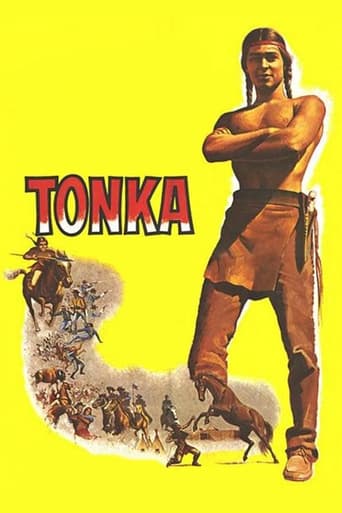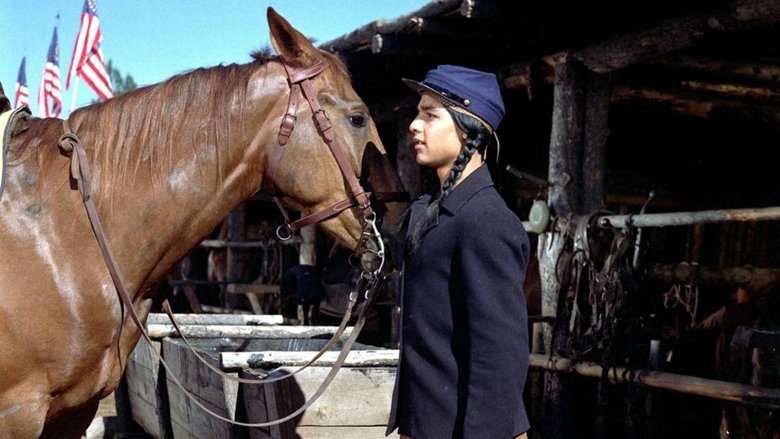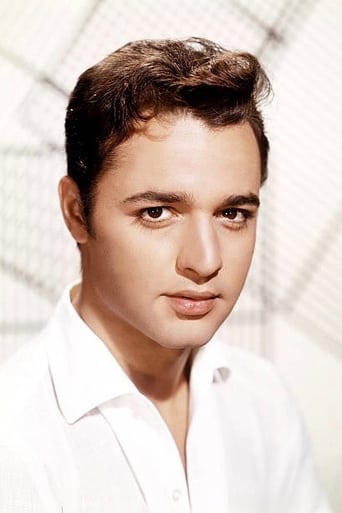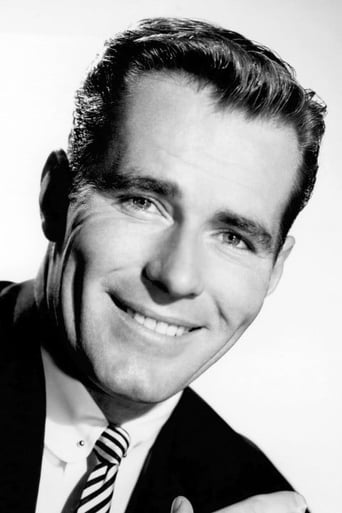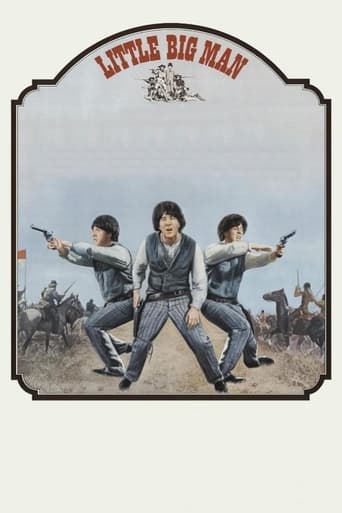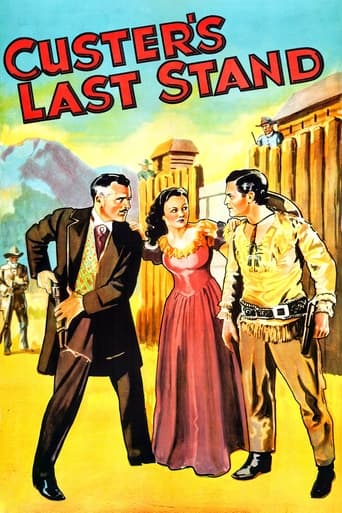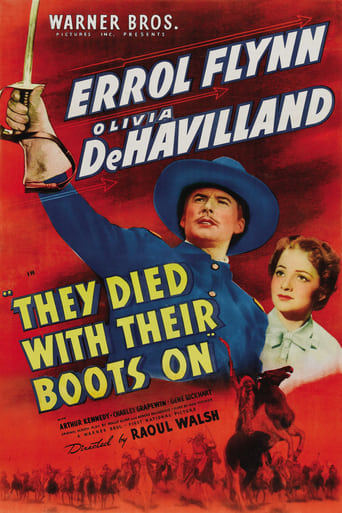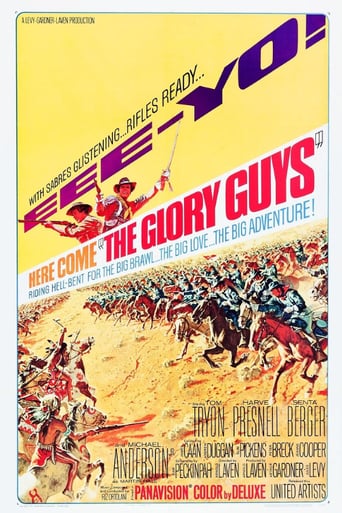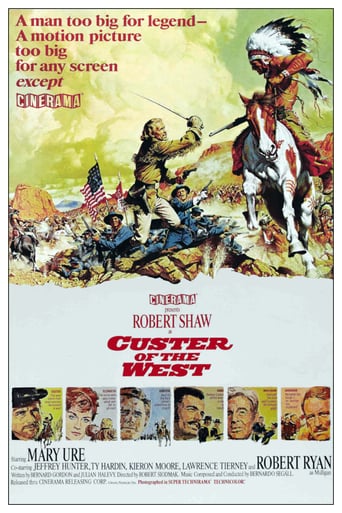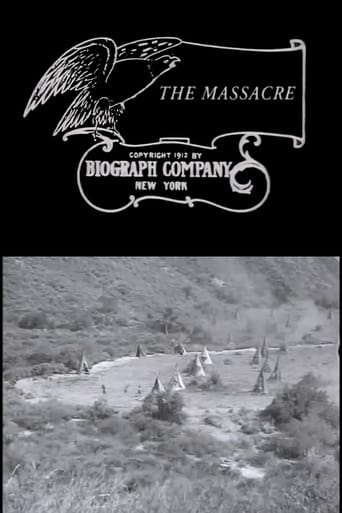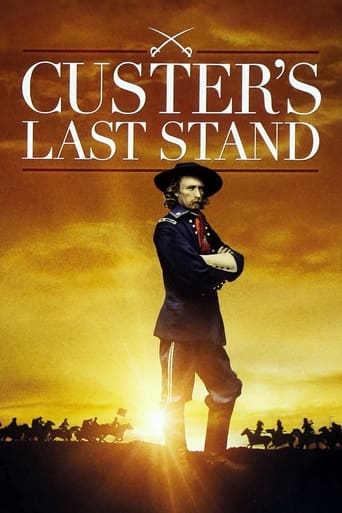Tonka (1958)
Young Indian brave White Bull captures and tames a wild stallion and names him Tonka. But when White Bull's cruel cousin claims Tonka for his own and mistreats the horse, White Bull sets him free. Tonka finally finds a home with Capt. Keogh and the 7th Calvary, and in 1876, rides into the Battle of Little Big Horn with General Armstrong Custer, becoming its only survivor.
Watch Trailer
Free Trial Channels
Cast


Similar titles
Reviews
Waste of time
Lack of good storyline.
All that we are seeing on the screen is happening with real people, real action sequences in the background, forcing the eye to watch as if we were there.
If you're interested in the topic at hand, you should just watch it and judge yourself because the reviews have gone very biased by people that didn't even watch it and just hate (or love) the creator. I liked it, it was well written, narrated, and directed and it was about a topic that interests me.
Sal Mineo eschewed the urban areas which most of his films had him in for the Old West as he plays a young Sioux brave who captures and tames a wild horse he names Tonka. This is a fine film that still holds up well today and gave Mineo one of the best parts he ever had.Sal and his peer Rafael Campos are warriors in training and Sal after trying to capture a brown stallion he admires loses the rope and a bow and quiver of arrows and gets the riot act read him by Sitting Bull. Still he goes out and actually finds and tames Tonka. But a warrior cousin H.M. Wynant claims the horse by seniority. Mineo would rather see the horse anywhere else but with Wynant and he frees him.Through a chain of circumstances the horse gets captured and sold to the cavalry where he's renamed Comanche and he becomes the property of Captain Myles Keogh played by Philip Carey. And that is the background of the story of Mineo and the horse, the Battle of the Little Big Horn where the only survivor on the cavalry side was the horse Comanche.All the players including Custer and Keogh are real people and the Battle of the Little Big Horn is well staged by Disney Studios. And next to Mineo the most notable performance in the film is that of Britt Lomond as General George Armstrong Custer.If you are used to the image of Custer as portrayed by Errol Flynn in They Died With Their Boots On then what Britt Lomond did with the role will be a revelation. For those of you who think that Custer was glory hunting Indian hating fanatic than you will love to hate Britt Lomond. Lomond is best known as Captain Monasterio in the first episode of the Disney Zorro TV series. He was pretty hateful as Monasterio and just as hateful as Custer.Tonka is a nice coming age story told from the American Indian point of view. Kids will universally identify with both Mineo and Campos. Tonka is also one of Disney Studios best films of the Fifties and one of its best ever.
This rare title from 1958 features the amazing and charismatic Sal Mineo as a young Indian brave, who captures and trains a horse that will become his friend, and later his ally in one of the bloodiest battles in American history. Tough subject for a Disney production, but the famed "Battle of Little Big Horn" led by General Armstrong Custer, against a surprisingly well-armed and well-prepared Indian tribe, is handled very effectively, and impressively, without downplaying the violence. The first segment of this gem of a film focuses entirely on the bond that develops between White Bull (Sal Mineo) and his wild horse, as the Indian brave trains Tonka to trust him. The way in which White Bull is always trying to win the respect of his mother, and of his tribe, and to prove his manhood, is done in a most believable way. And when Tonka falls into the hands of the White troops, the story switches gears and becomes a bit more of an adult Western. The final battle is swift and bloody, but there is a happy resolution for the Indian boy and his horse. It is a nice change of pace to see the Indians portrayed, not as savages, but as people with hearts and pride in their land, and love for their kin. And whoever thought of General Armstrong Custer as some kind of "hero" will be surprised to see that he is portrayed as anything but a hero. Seen as a blue-eyed racist, a rabid hater of the Indians, a people who were having their land and their heritage savagely ripped apart by the new arrivals. After 30 years, Disney has finally issued a legitimate DVD for the title "Tonka." The picture quality is pristine, taken from a master that is in fine shape. Colors are bold and images are sharp. Wonderful, especially considering the age and rarity of the title. Almost none of Sal Mineo's films have had legit video releases, so this makes this one even more important. "Tonka" is a superb example of a certain era and style of film-making that is gone, but not forgotten. A true classic, available again to a new generation.
Originally, this was to have been called "Comanche," the title of the novel it is based on. Just before the Disney company was about to release their latest western, though, a B oater starring Dana Andrews with that name hit theatres. That one dealt with Comanche Indians. This one, with Comanche, a horse owned by a member of the seventh cavalry that survived the Little Big Horn and led to the tradition of the riderless horse still in existence today. Disney changed the name to Tonka, which is what a young Sioux boy, White Bull (Sal Mineo) calls the horse after catching it - short for Tonka Wakon, or the Great One. The change of titles actually works to the film's benefit, for Disney and company placed more emphasis on the Indian side of the story than the cavalry's, making this the first movie ever made to tell the story of Custer's Last Stand from the Indian point of view, at least up to Little Big Man (1970) - and in truth that was from the point of view of a what man raised by the Indians. Mineo, who would again play an Indian youth in a much bigger film, John Ford's Cheyenne Autumn (1964), is believable, and the film is sympathetic to Native Americans, without being patronizing or condescending, in a way that we expect today, but which no Hollywood filmmaker but Disney did back in the fifties - he was P.C. before P.C. existed, and may just have created the climate of tolerance that we strive for today. Philip Carey plays the sympathetic cavalryman Miles Keogh, and it's worth noting that this was the first Disney western NOT to star Fess Parker, who had been their headliner since Davy Crockett four years earlier. Very accurate staging of the Little Big Horn battle, as this is one of the only films ever made to reveal that Custer (Britt Lomond, the villainous Monastario on Disney's ZORRO TV show) had his hair trimmed short just before the battle, and that he did not carry a sword to the battle - and neither did any of his men. Those who expect Disney films to be sanitized ought to catch this one, as the Last Stand is quite bloody considering the time period in which it was made, forcing child viewers to deal with the unromantic truth of warfare on the plains, circa 1876. A little gem worth rediscovering.
I too have seen this movie when I was a child around 6 or 7 years old. I have recently been fortunate to receive it as a gift since it is my favorite movie of all time. It was a "Disney" movie. The color of the mane was something I truly did not pay attention to even on my most recent view of the movie. Looking back, I still did not expect to see history accurately portrayed with the history of Hollywood. To me it was a movie about a horse a brave and the love and respect between them. It was also a store of a Native American and a step to become a man in his culture. It was for entertainment. It is a movie I look forward to sharing with my granddaughter when she is 5 or 7 years. I hope and believe it will deliver to her what it did to me. A movie for the young of a horse and one who is blessed by its present in his life. I can not help still seeing some parts in my own child's eyes.

